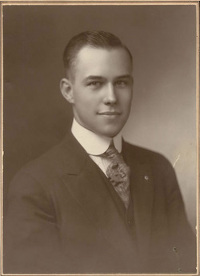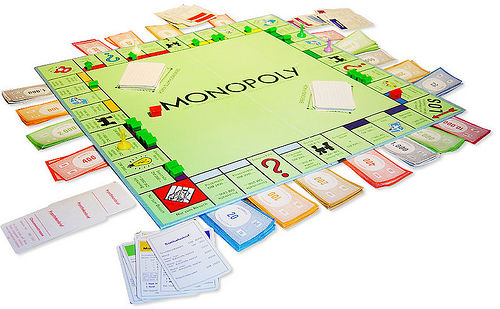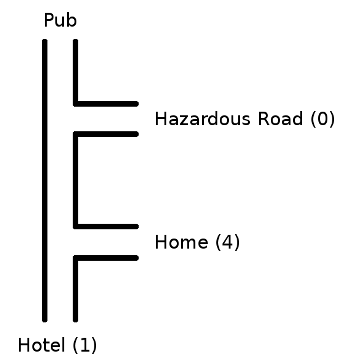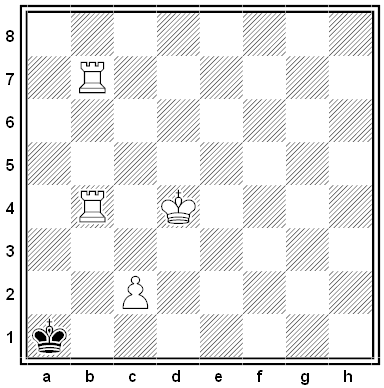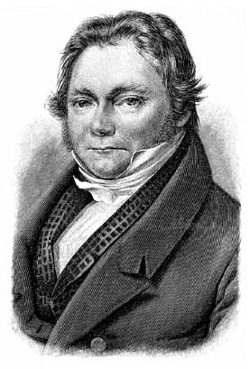
cacodoxy
n. wrong opinion or doctrine
agnition
n. a recognition, an acknowledgement
veriloquous
adj. speaking the truth
Chlorine was at first thought to be an oxide obtained from hydrochloric acid, then known as muriatic acid, and was hence called oxymuriatic acid.
In 1810 Sir Humphry Davy realized that it’s an element and proposed the name chlorine, meaning green-yellow. Swedish chemist Jacob Berzelius resisted this at first but revealed his change of heart unexpectedly one day, as overheard by his colleague Friedrich Wöhler:
One day Anna Sundström, who was cleaning a vessel at the tub, remarked that it smelt strongly of oxymuriatic acid. Wöhler’s earlier surprise sublimed into astonishment when he heard Berzelius correct her, in words that have since become historic: ‘Hark thou, Anna, thou mayest now speak no more of oxymuriatic acid; but must say chlorine: that is better.’
[Hör’ Anna, Du darfst nun nicht mehr sagen oxydirte Salzsäure, sondern musst sagen Chlor, das ist besser.]
In Humour and Humanism in Chemistry, John Read writes, “These words, issuing from the mouth of the great chemical lawgiver of the age, sealed the fate of oxymuriatic acid.”



